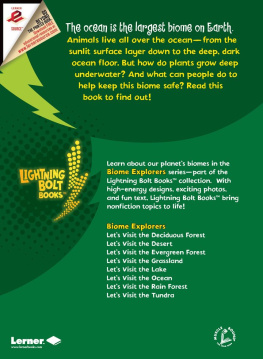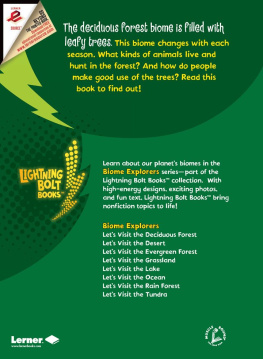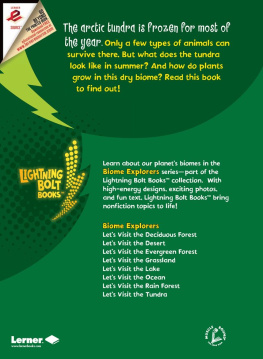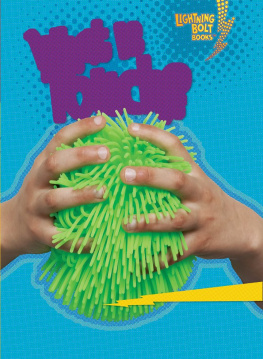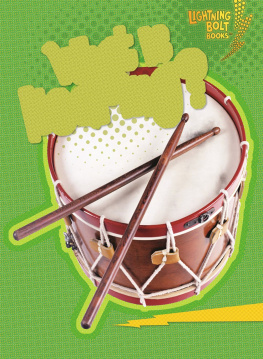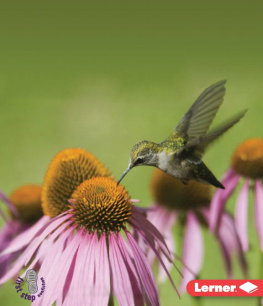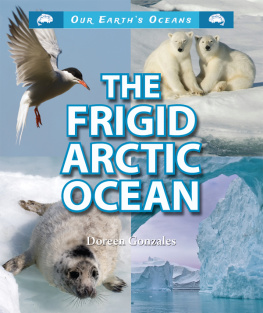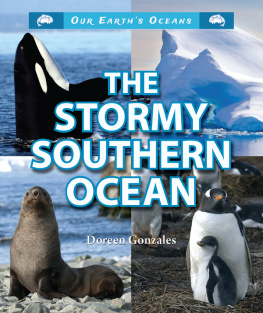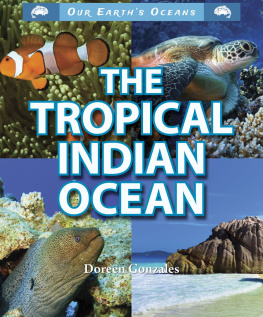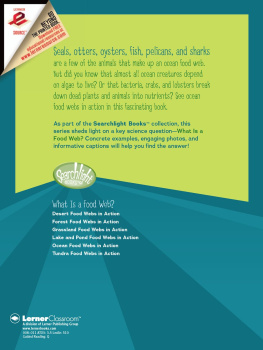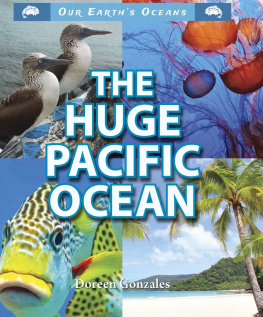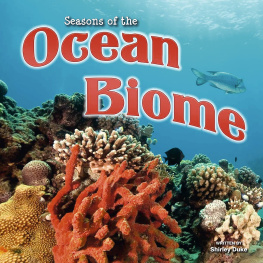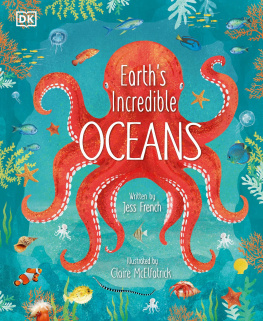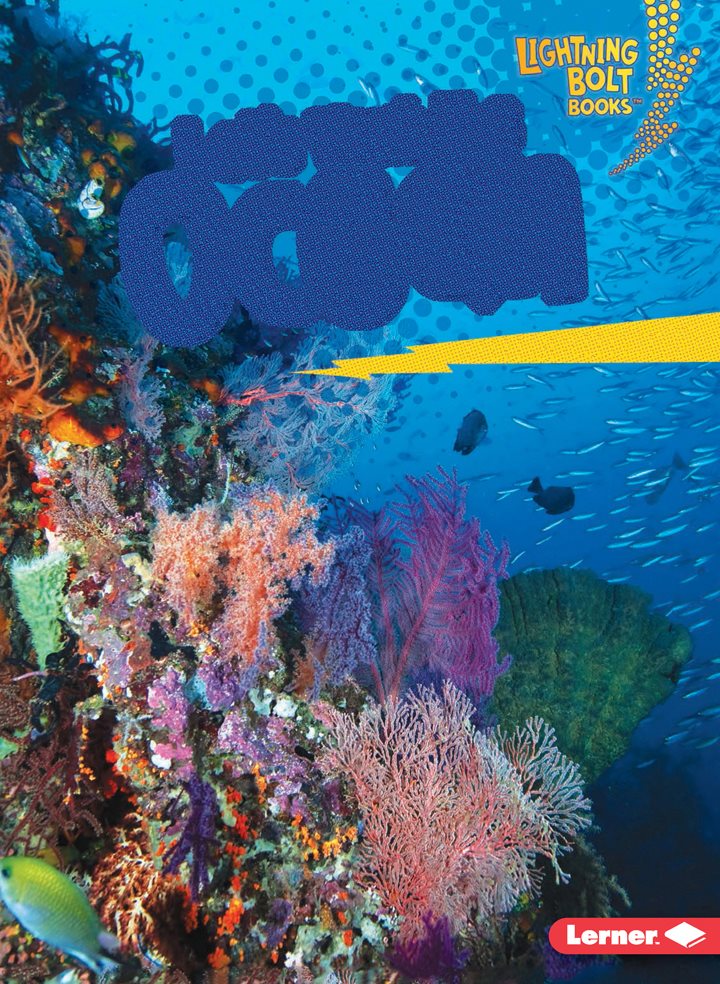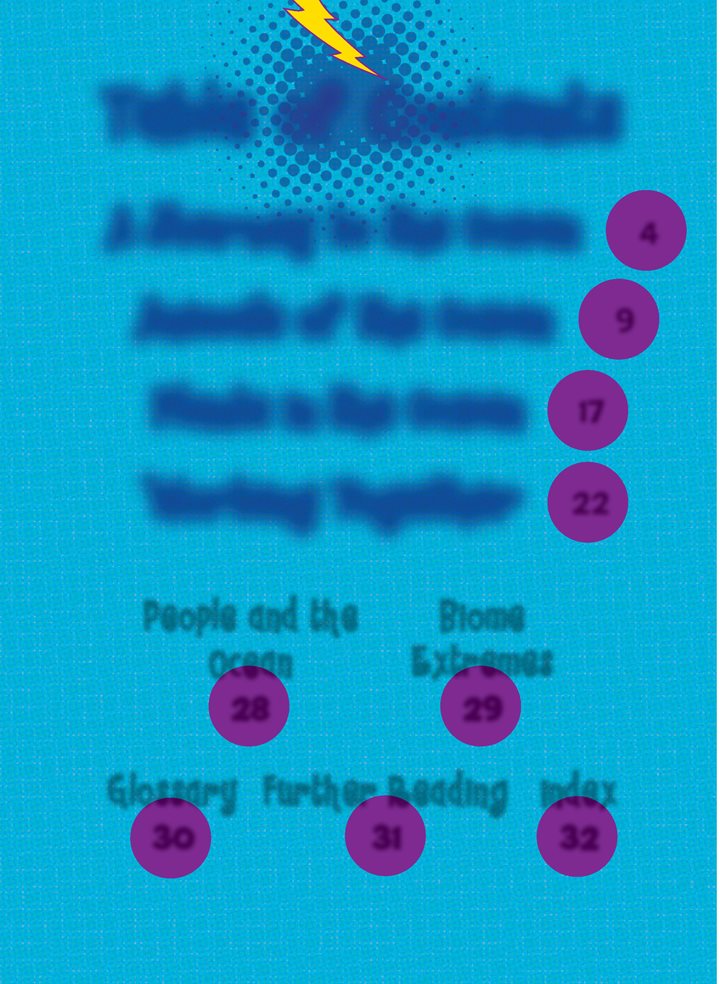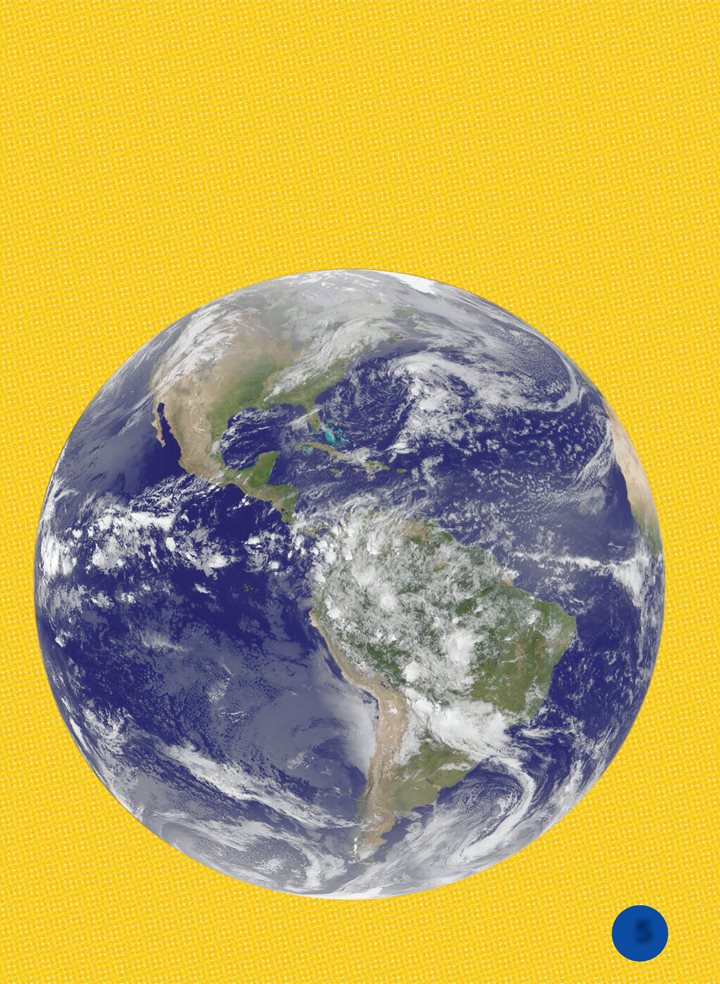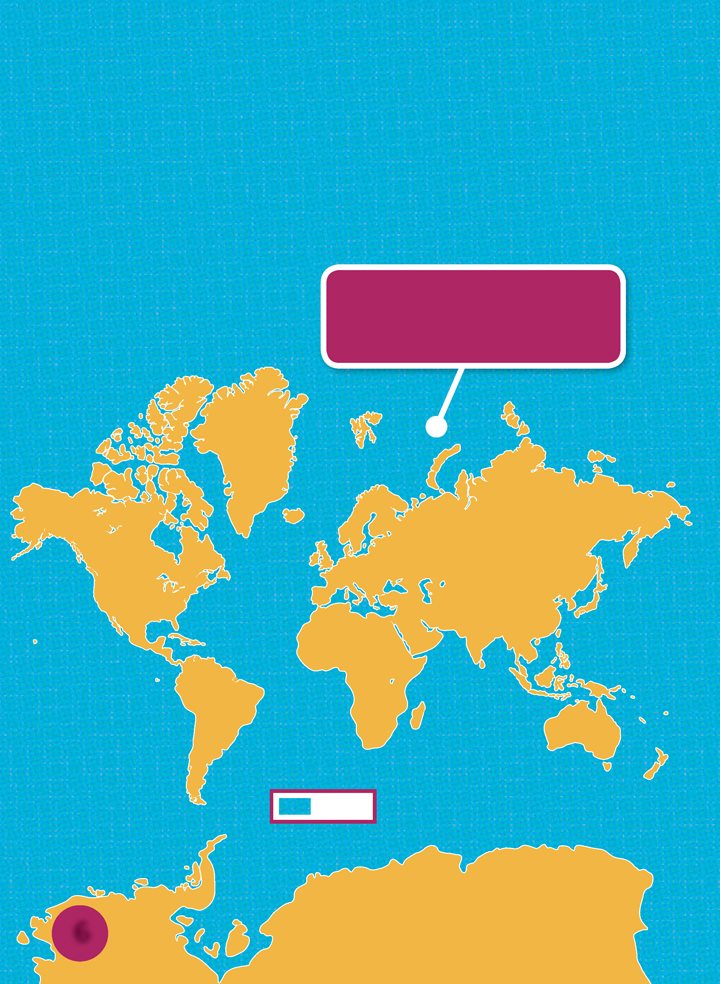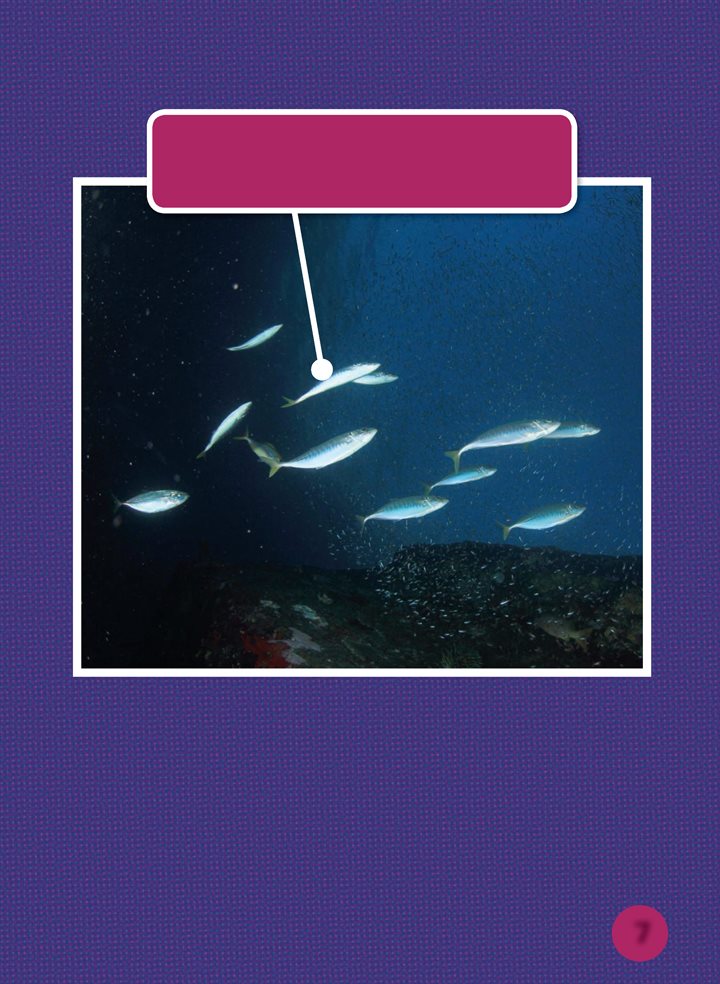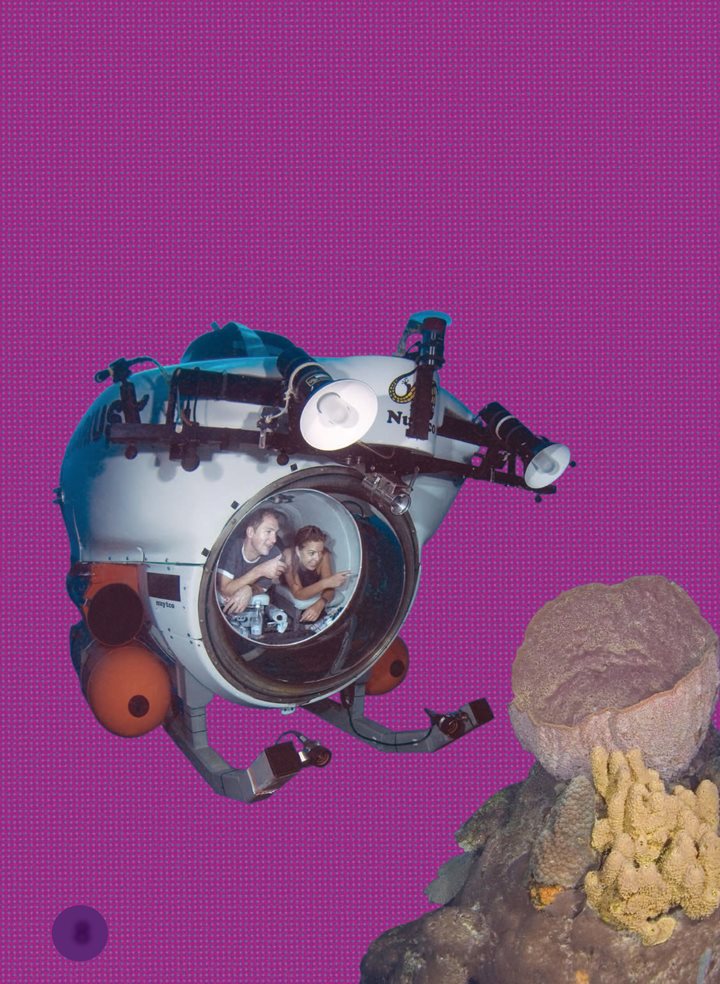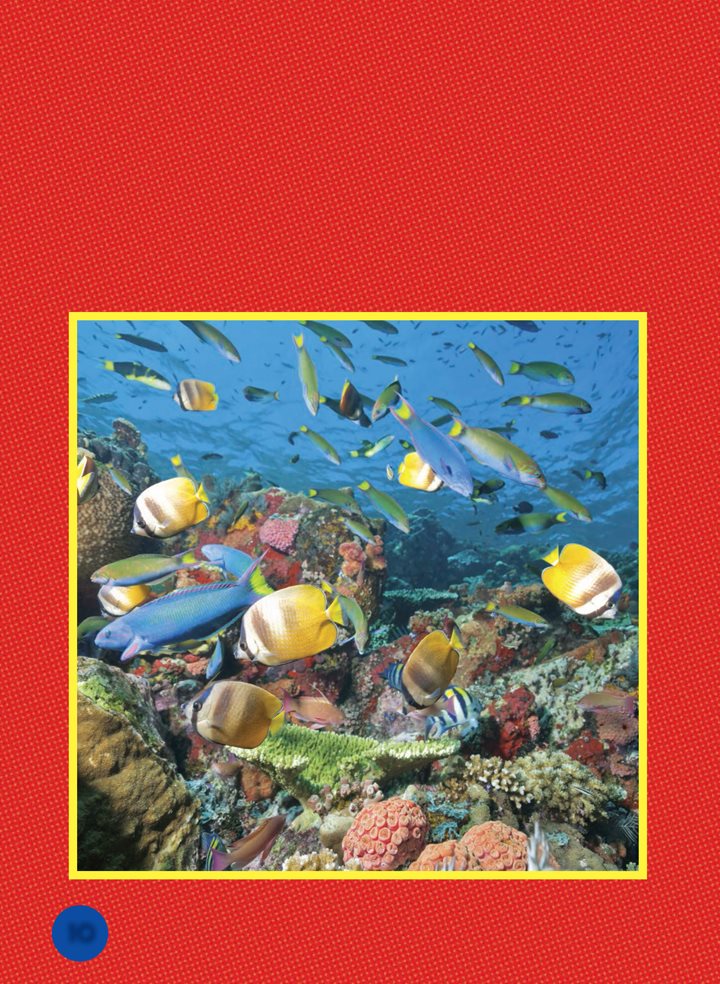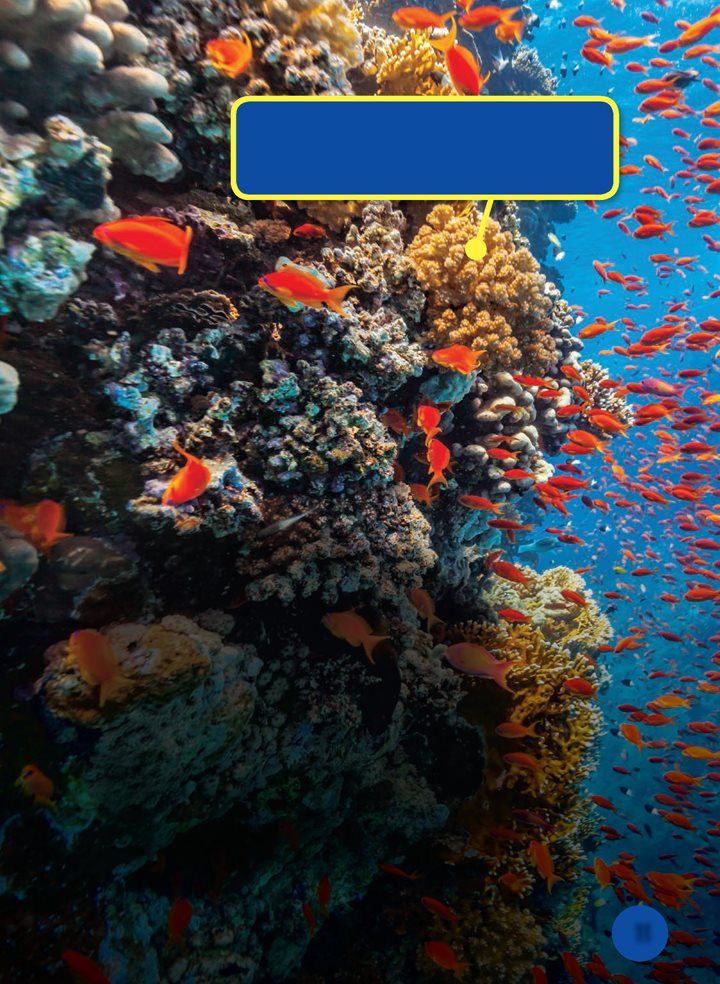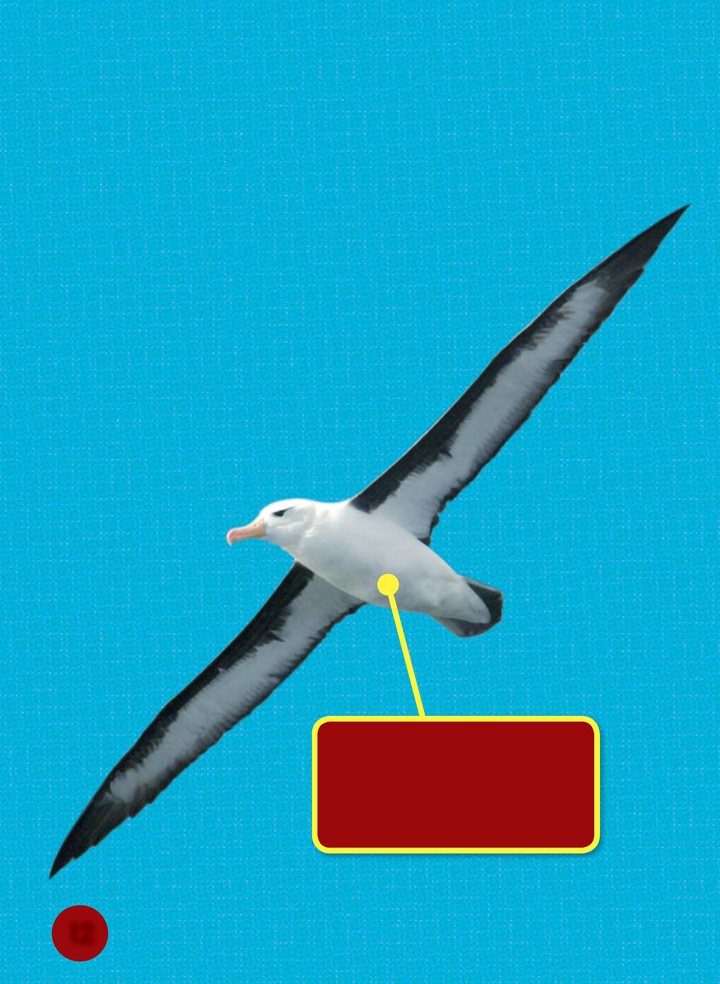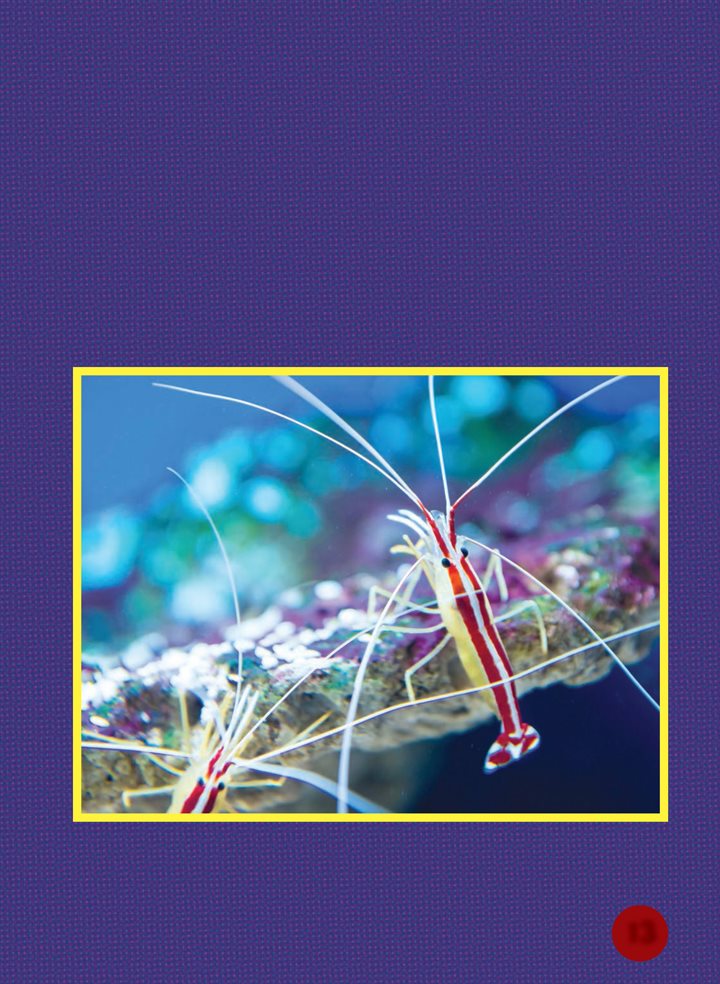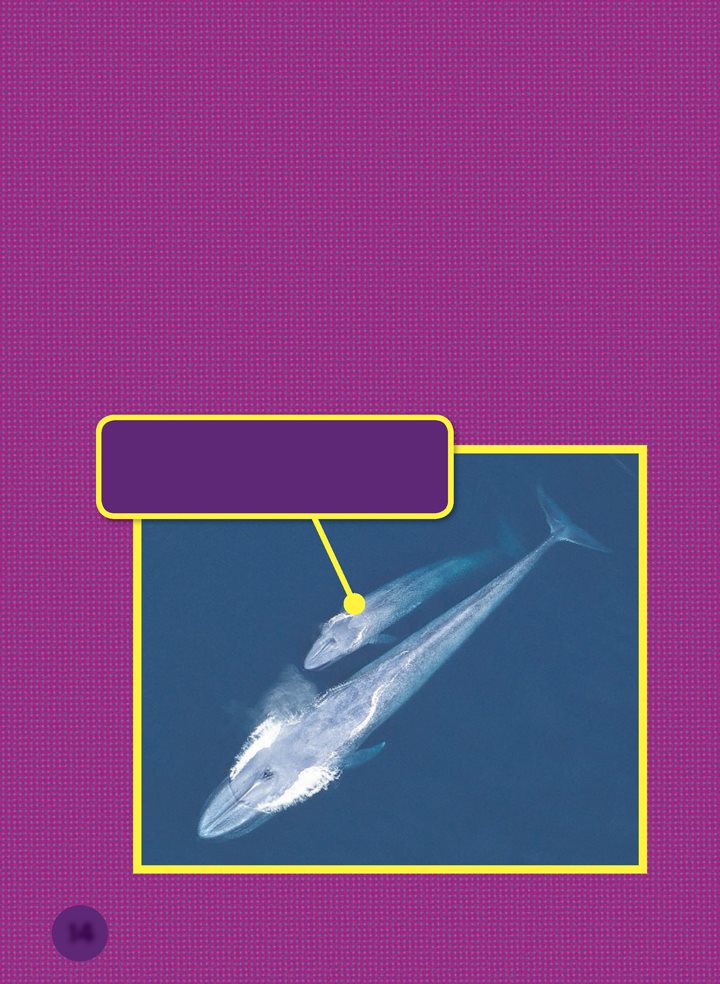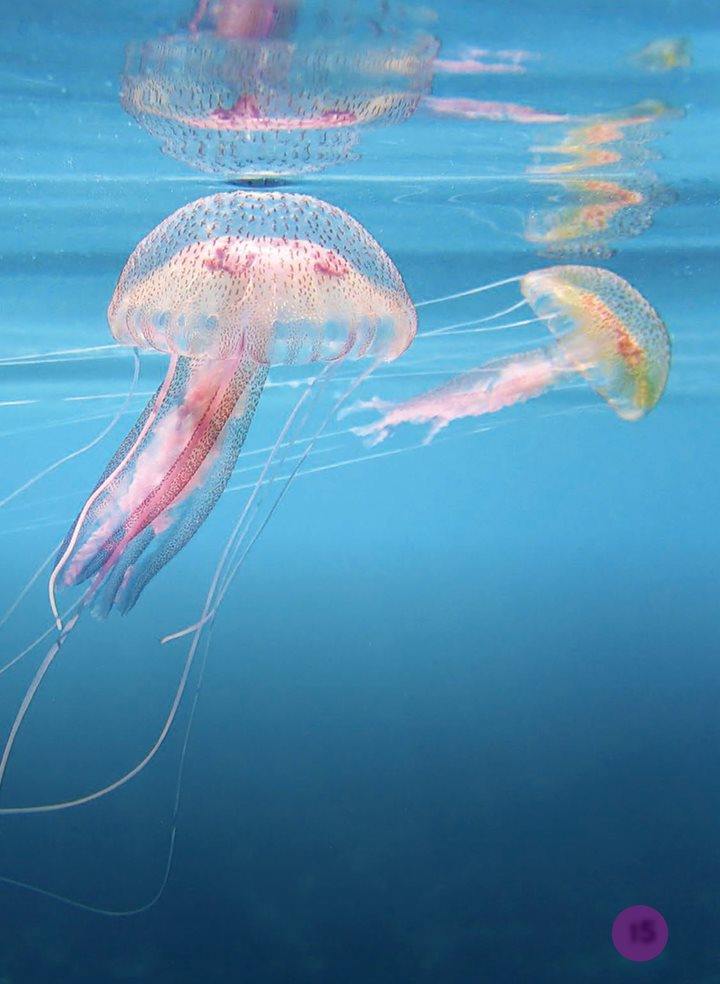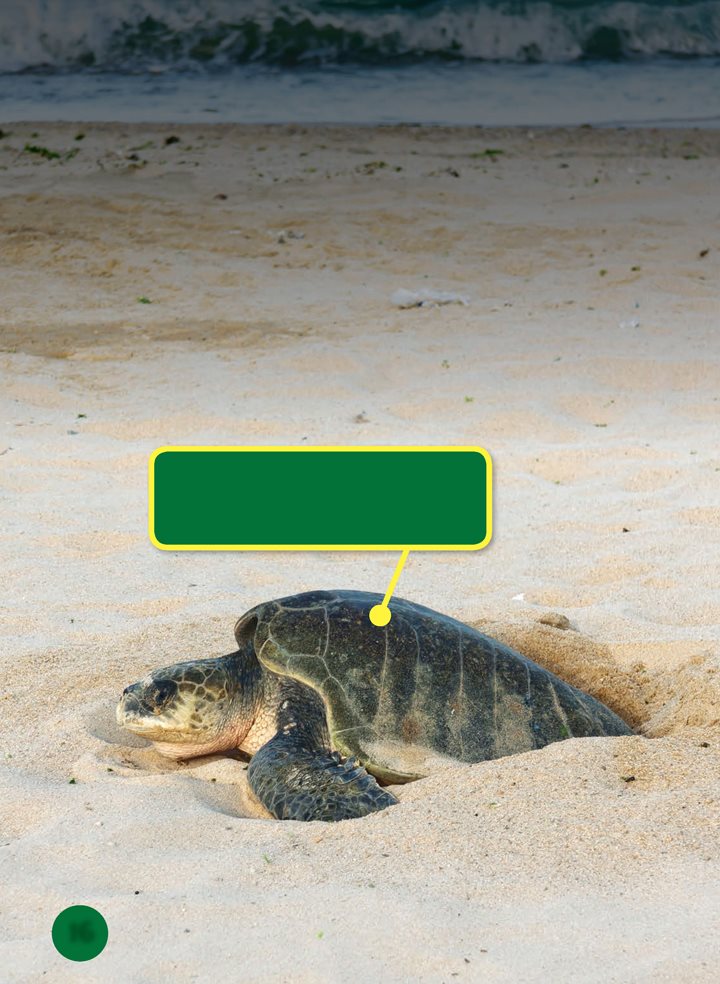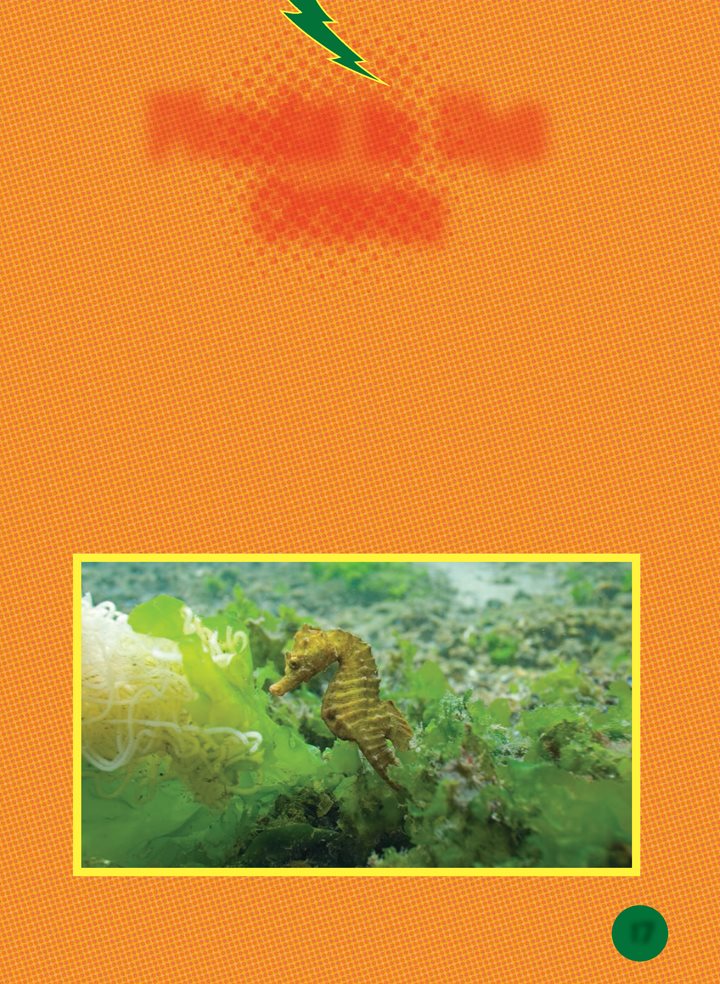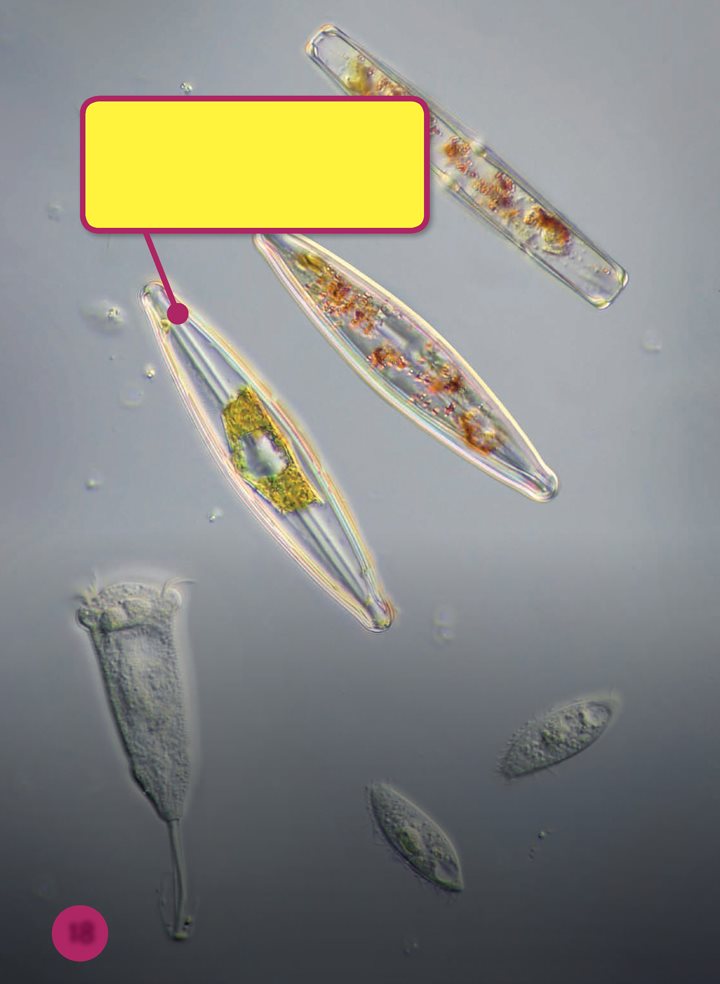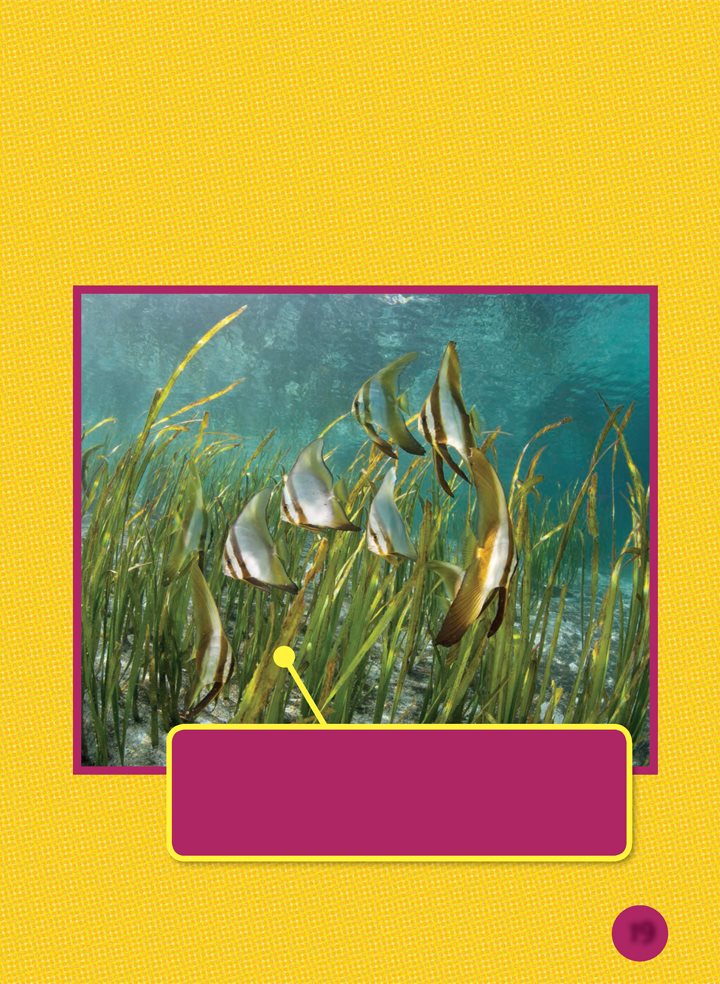Lets Visit the
Ocean
Jennifer Boothroyd
For the
Bushard family
Copyright 2017 by Lerner Publishing Group, Inc.
All rights reserved. International copyright secured. No part of this book may be reproduced,
stored in a retrieval system, or transmitted in any form or by any meanselectronic, mechanical,
photocopying, recording, or otherwisewithout the prior written permission of Lerner Publishing
Group, Inc., except for the inclusion of brief quotations in an acknowledged review.
Lerner Publications Company
A division of Lerner Publishing Group, Inc.
241 First Avenue North
Minneapolis, MN 55401 USA
For reading levels and more information, look up this title at www.lernerbooks.com.
Library of Congress Cataloging-in-Publication Data
Names: Boothroyd, Jennifer, 1972 author.
Title: Lets visit the ocean / Jennifer Boothroyd.
Description: Minneapolis : Lerner Publications, [2017] | Series: Lightning bolts books. Biome explorers
| Includes index.
Identifiers: LCCN 2015044359 (print) | LCCN 2016009779 (ebook) | ISBN 9781512411942 (lb : alk.
paper) | ISBN 9781512412321 (pb : alk. paper) | ISBN 9781512412024 (EB pdf)
Subjects: LCSH: OceanJuvenile literature. | Marine ecologyJuvenile literature.
Classification: LCC GC21.5 .B67 2017 (print) | LCC GC21.5 (ebook) | DDC 577.7dc23
LC record available at http: // lccn.loc.gov / 2015044359
Manufactured in the United States of America
1 BP 7 / 15 / 16
Table of Contents
People and the
Ocean
Biome
Extremes
A Journey to
t h e Ocean
Back and forth, back and
forth. Water washes up on a
sandy beach. Then it flows
back into the ocean.
An ocean is a large body
of salt water. The ocean
covers most of Earths surface.
The ocean biome is divided into
the Pacific, Atlantic, Indian,
Arctic, and Southern Oceans.
T he ocean biome is
the largest on Earth.
ARCTIC
OCEAN
ARCTIC OCEAN
NORTH
AMERICA
EUROPE
ASIA
ATLANTIC
OCEAN
PACIFIC
OCEAN
SOUTH
AMERICA
AFRICA
PACIFIC
OCEAN
INDIAN
OCEAN
AUSTRALIA
SOUTHERN
OCEAN
Ocean
SOUTHERN OCEAN
ANTARCTICA
Even without sunlight, plant and
animal life thrive in the ocean.
Parts of the ocean are very
deep. Sunlight cant reach
the bottom in many areas.
Much of the ocean hasnt
been explored. People need
special equipment to
explore deep underwater.
Animals of t h e
Ocean
The ocean is a habitat for
many animals. There are
animals all over the ocean,
from the surface way down to
the deepest bottoms.
There are thousands of
different fish in the ocean.
They come in many different
shapes, colors, and sizes.
Many f ish, animals, and plants
live around coral reefs.
Coral reefs are made
from tiny animals.
These animals grow hard
skeletons outside their
bodies that stick together.
The skeletons remain even
after the animals have died.
An albatross is a bird that lives
on the ocean. It eats fish and
drinks salt water from the
ocean. Albatrosses glide
on strong gusts of wind
and float on the
water when they
need to rest.
T he albatross can
glide in the air for
many hours.
Krill are about 2.5 inches (6
centimeters) long. Krill gather
plants to eat with their
front legs. Their back legs
move them through the water.
Blue whales are found in every
ocean on Earth. They come to
the surface to breathe air. An
adult blue whale can eat up
to tons (3.6 metric tons) of
krill every day.
Newborn blue whales weigh
more than most cars.
Jellyfish float
through the water.
Jellyfish have
tentacles that hang
from their bodies. They
can sting other animals
that become their prey.
Sea turtles live most of their lives
in the ocean. Their large flippers
help them swim. They come to
the surface to breathe air.
Female turtles return to
land to lay their eggs.
Plants in t h e
Ocean
Ocean plants are similar to
plants on land. They need
sunlight to survive. They release
oxygen. They provide food and
shelter for ocean animals.
Phytoplankton f loat in
the upper layer of the
ocean to collect sunlight.
Phytoplankton are tiny
ocean plants. These
plants are food for
many ocean animals.

